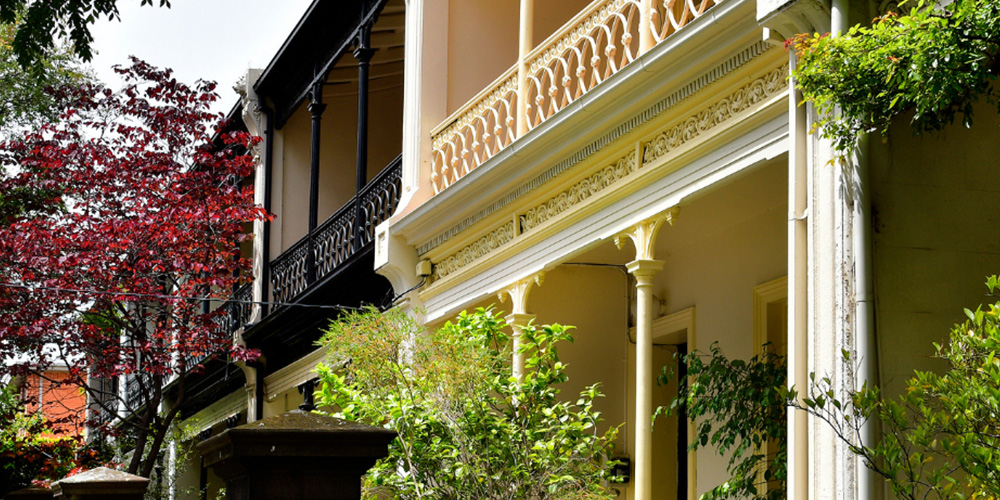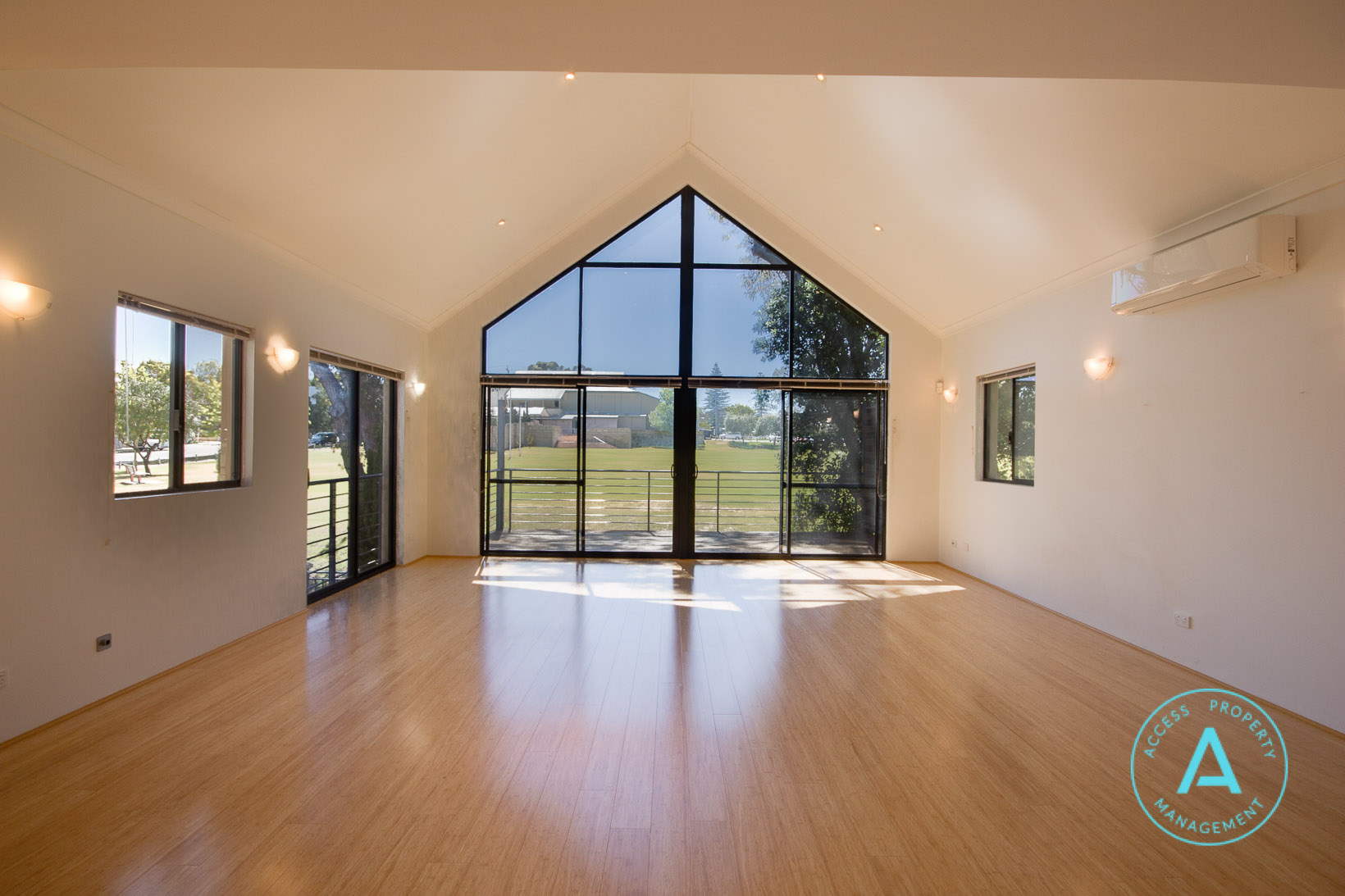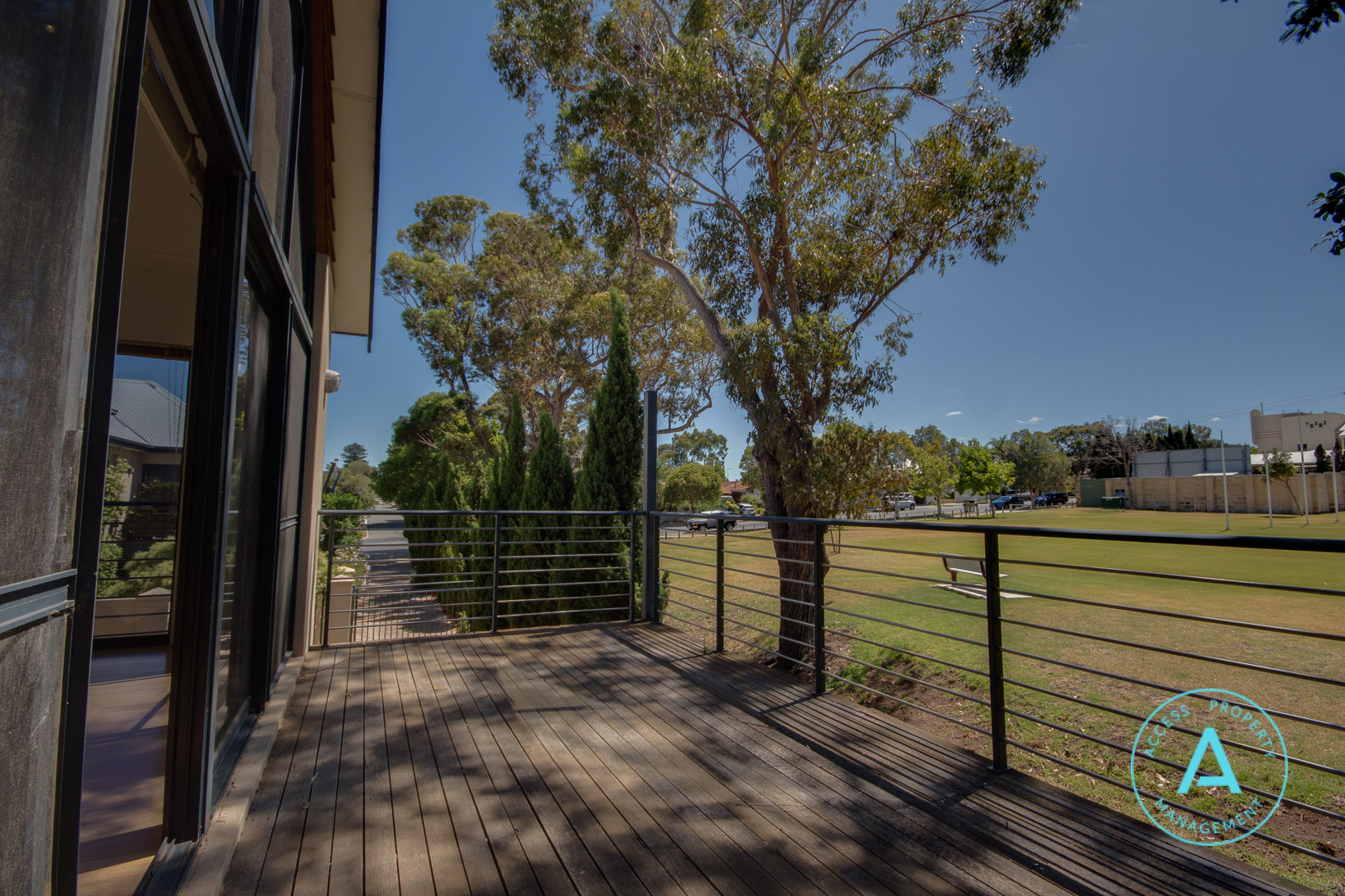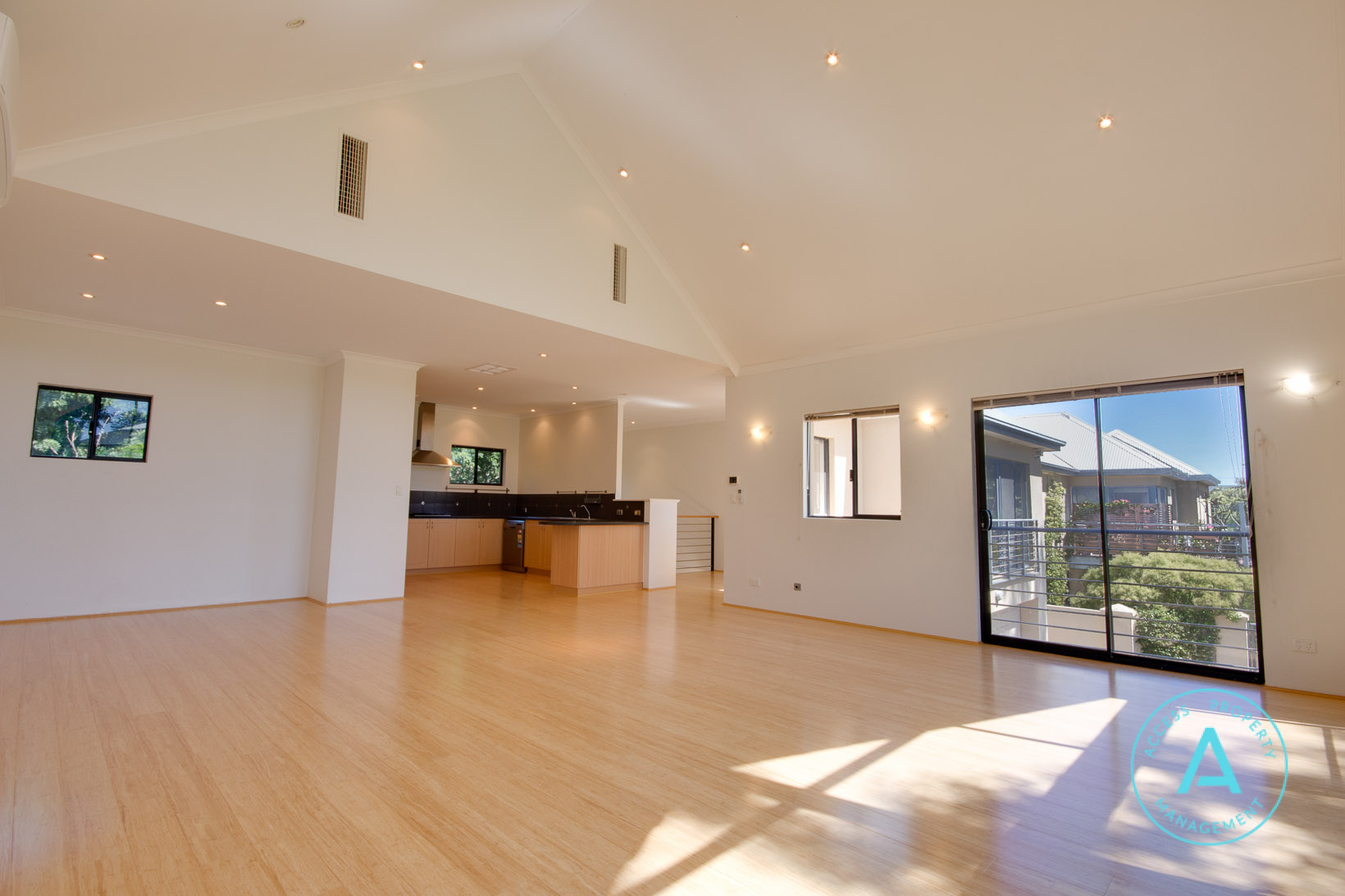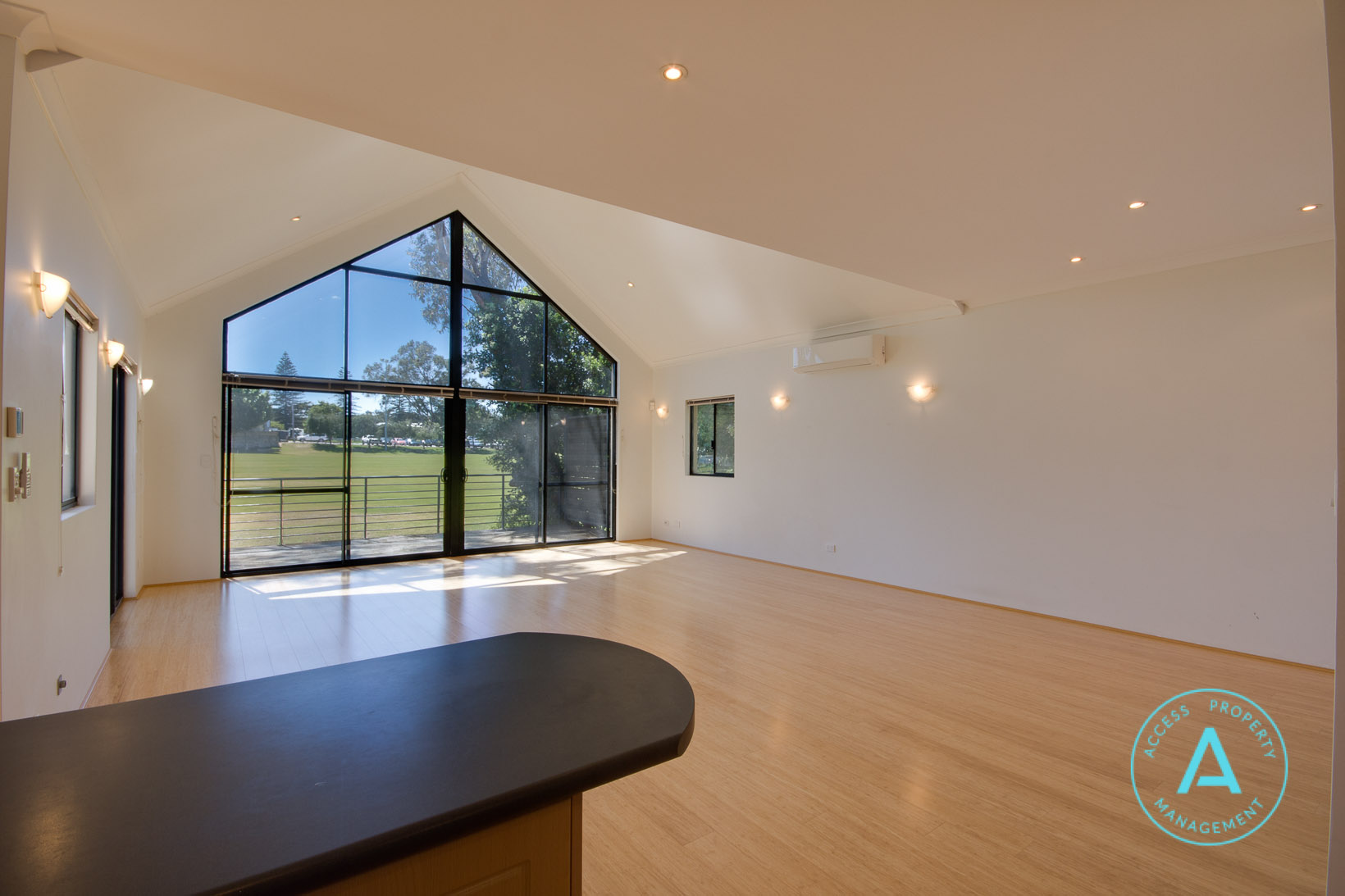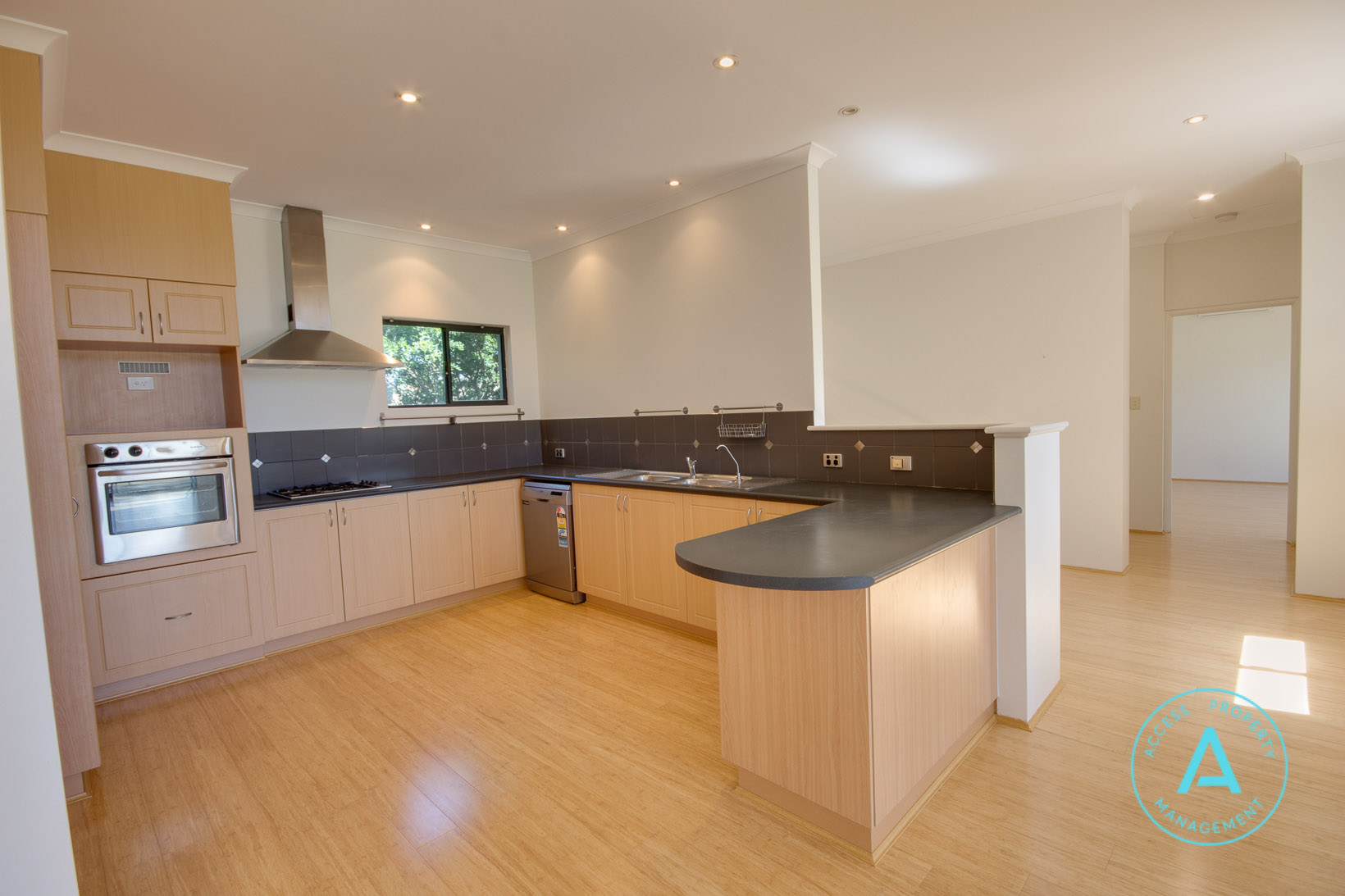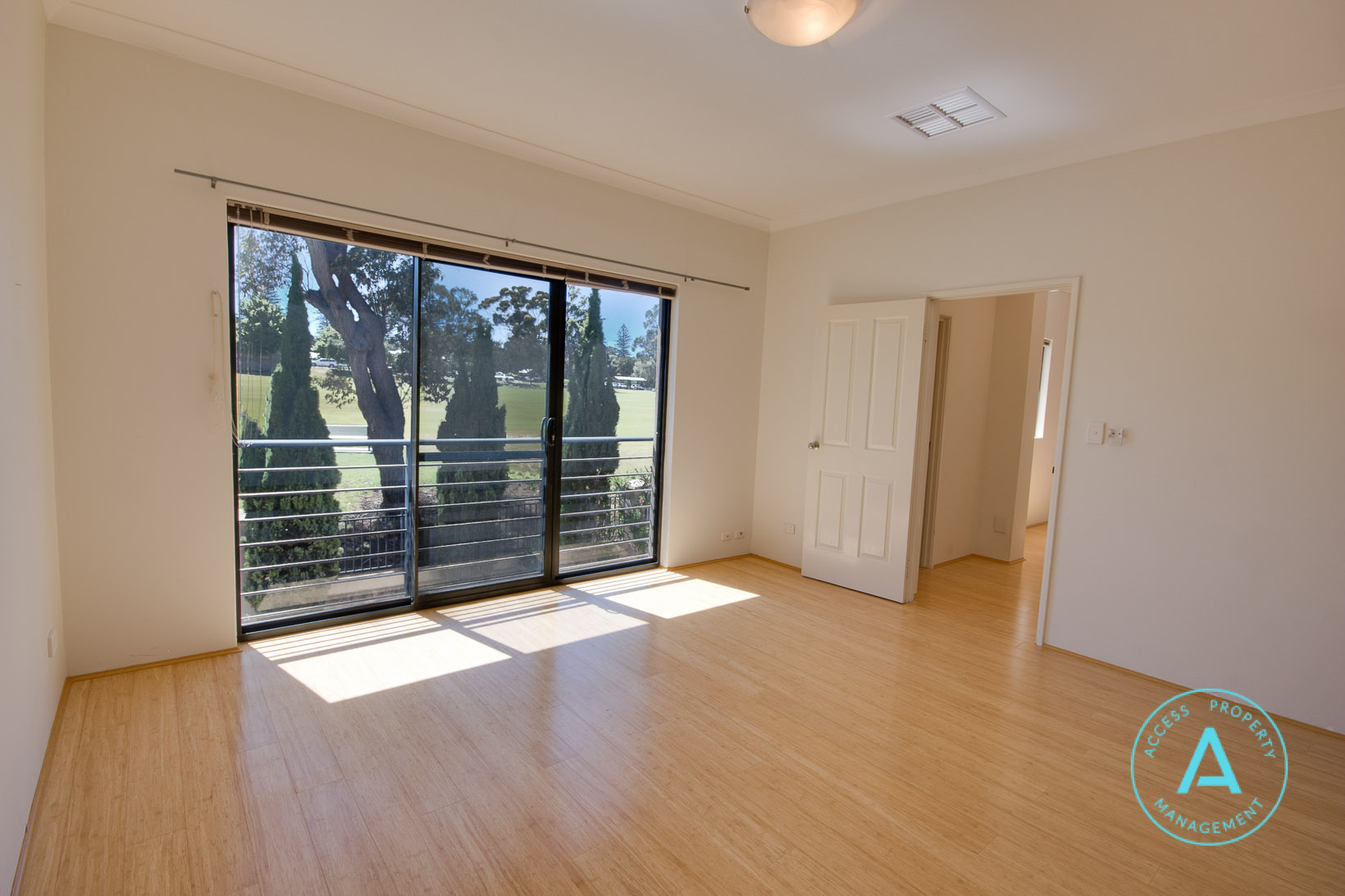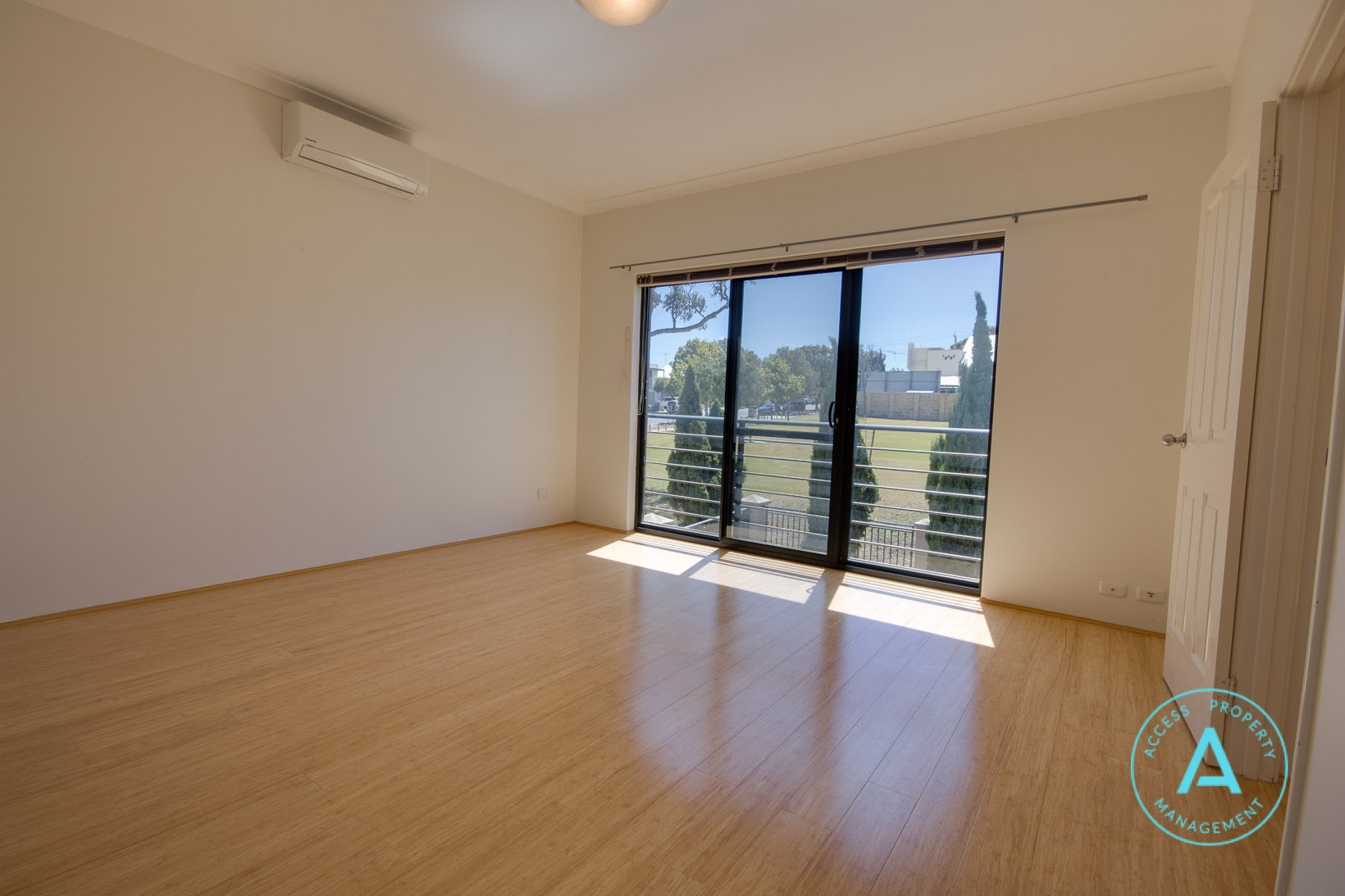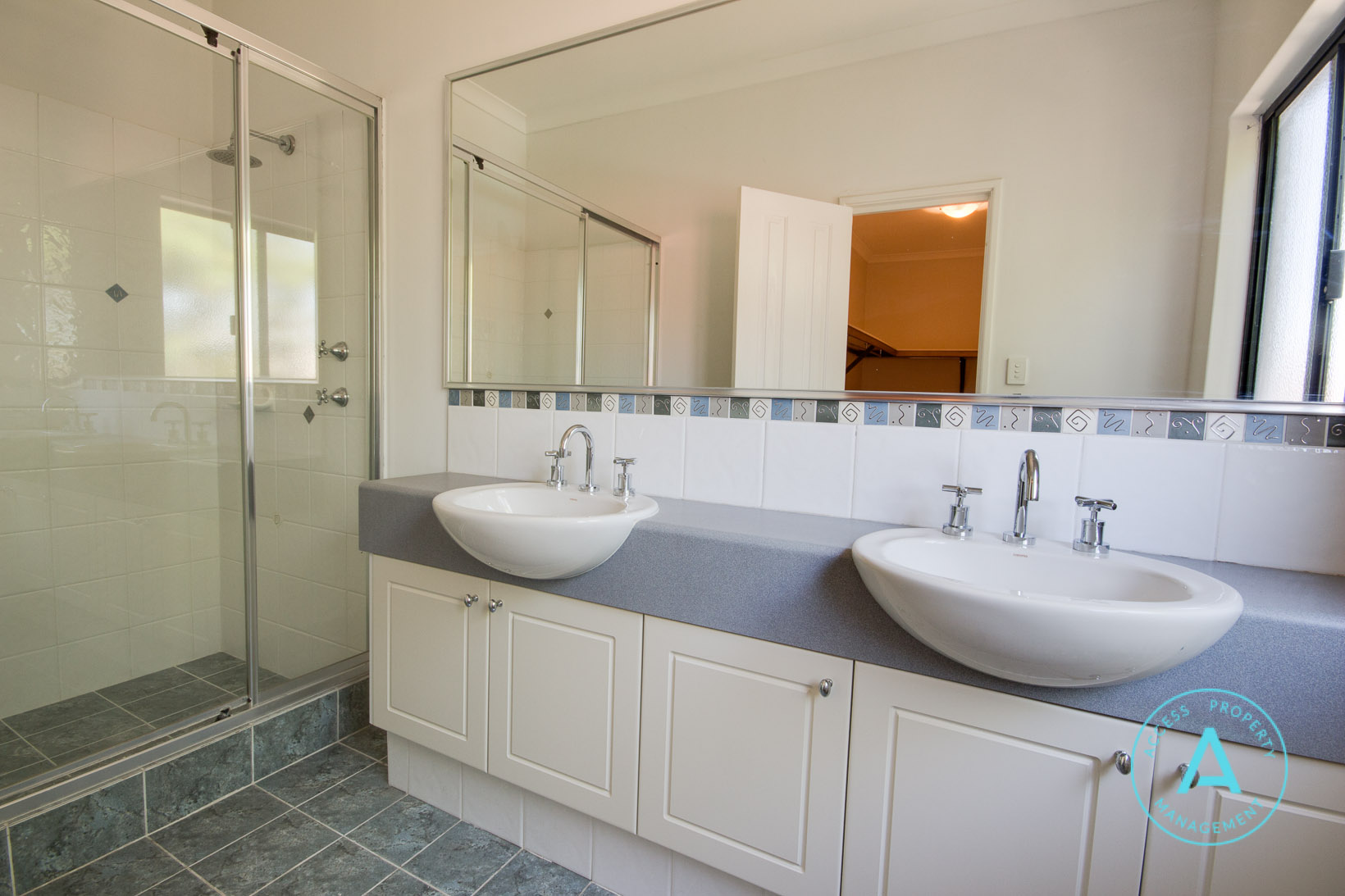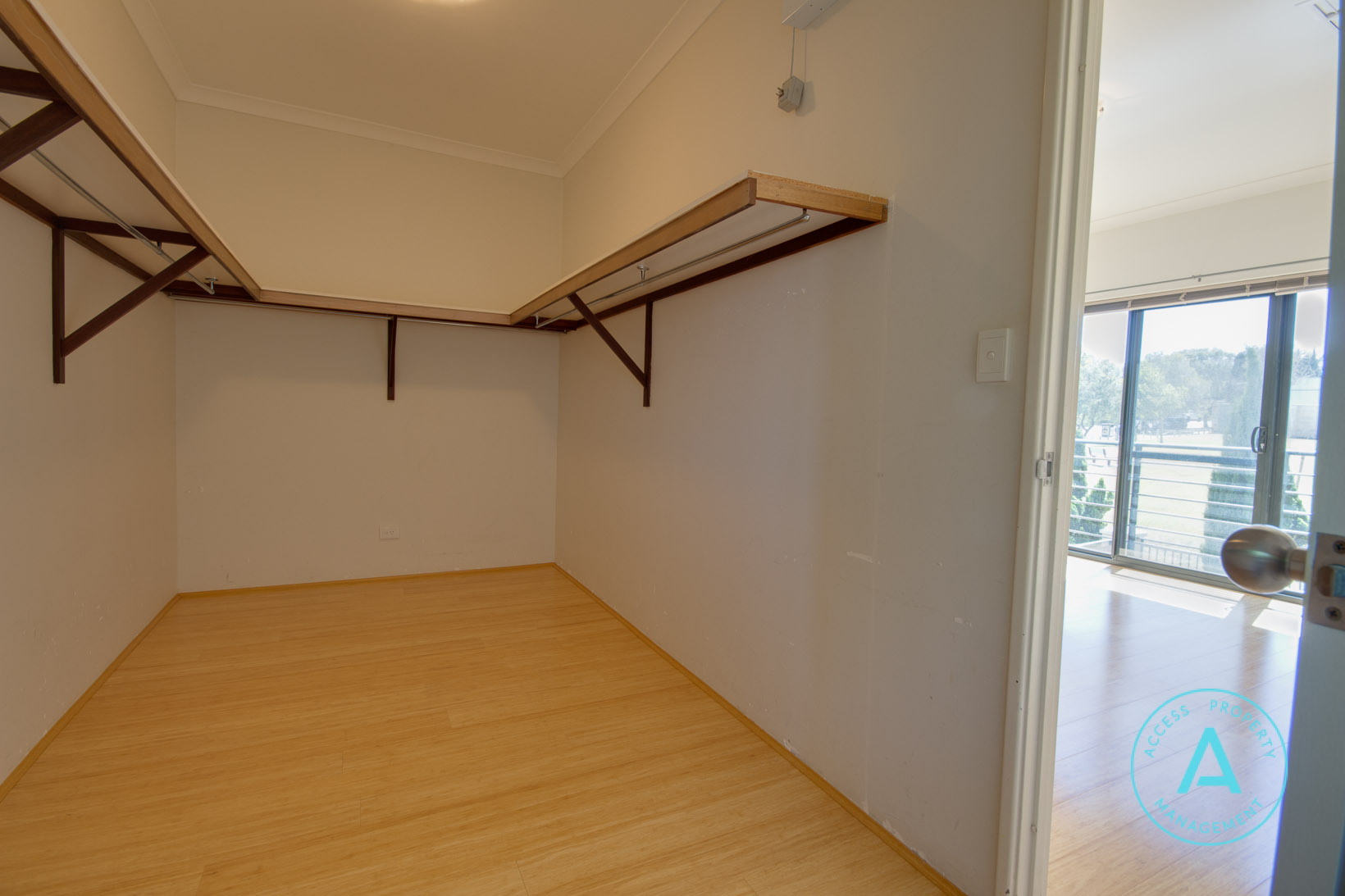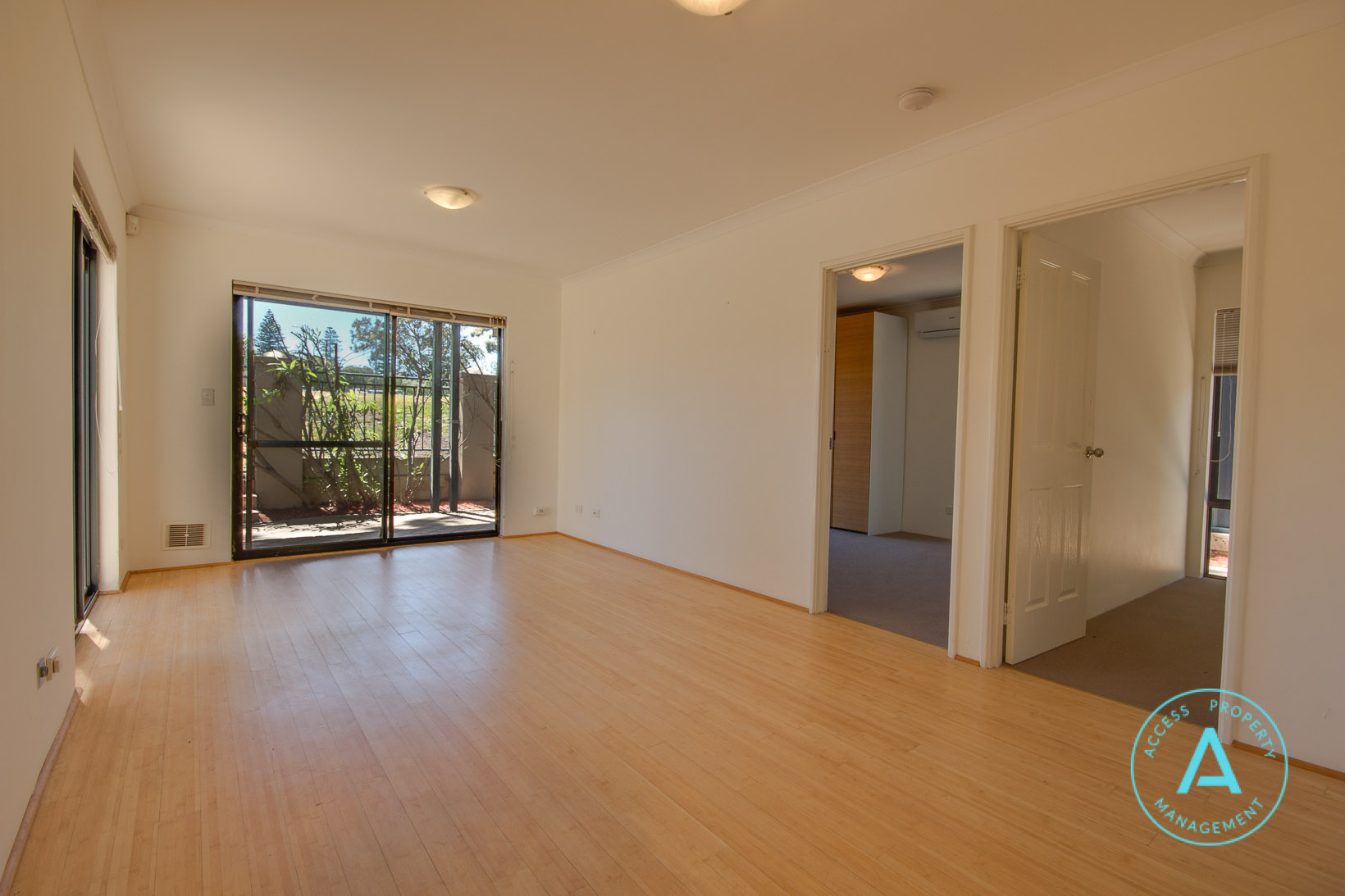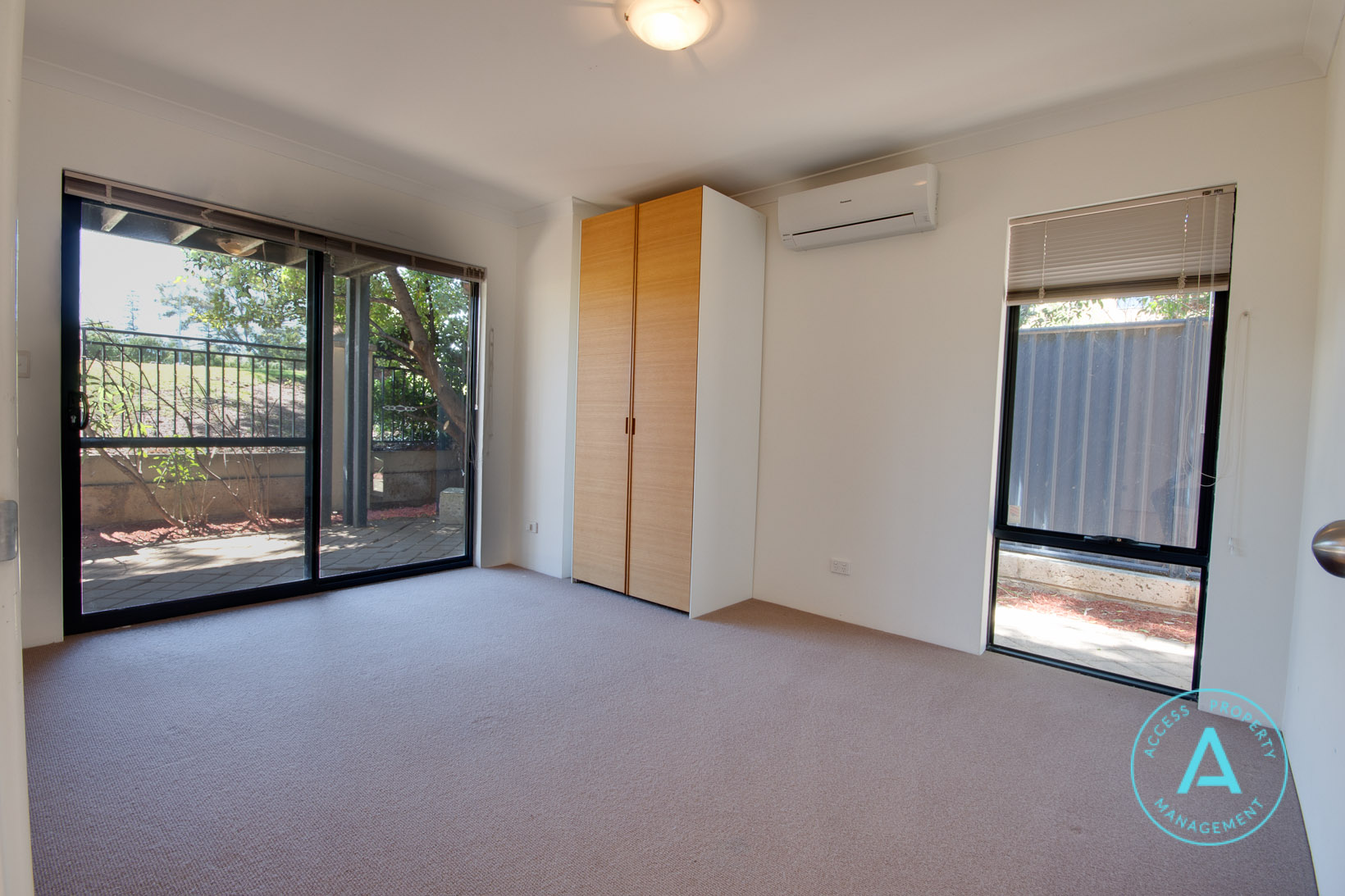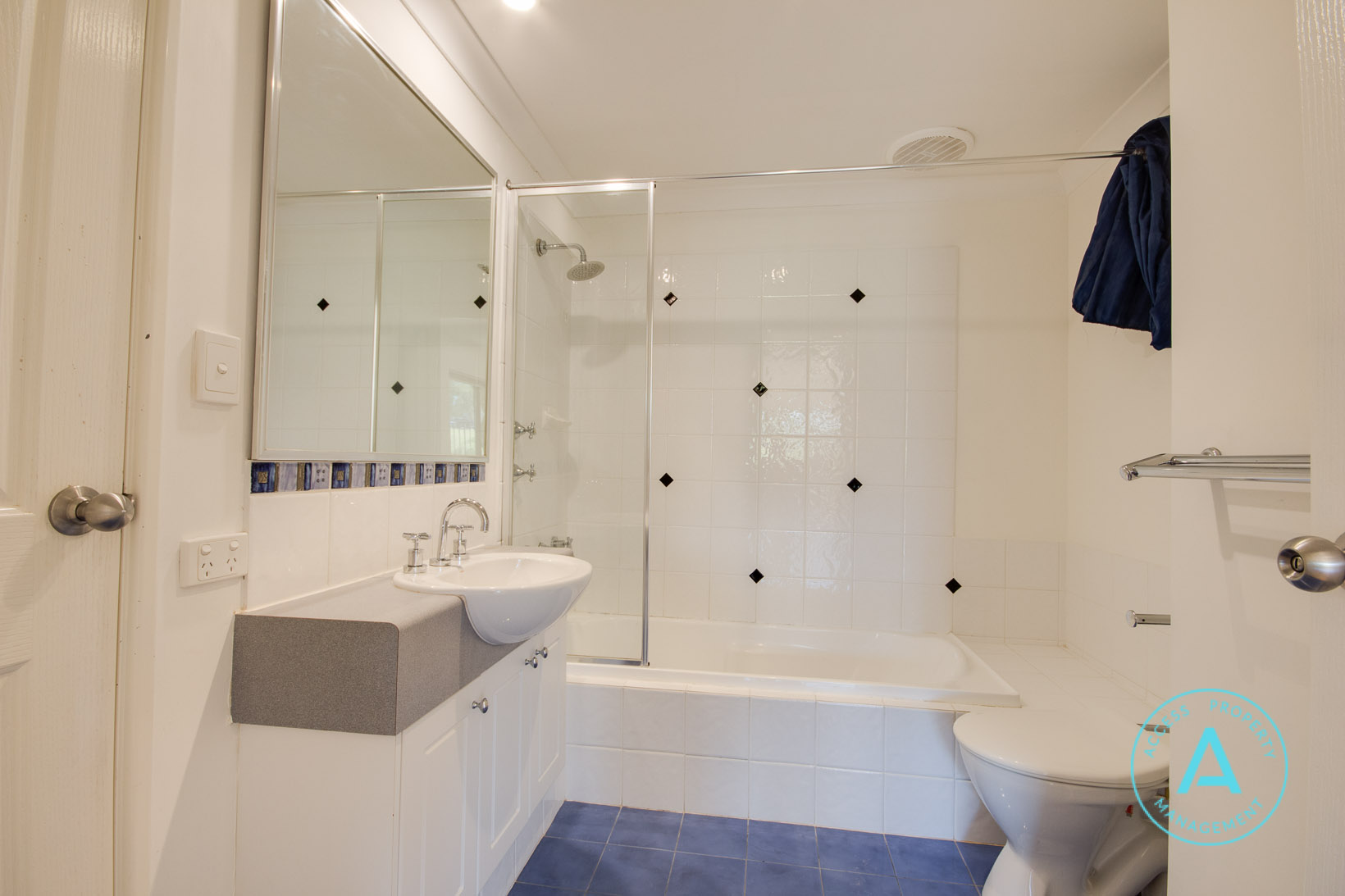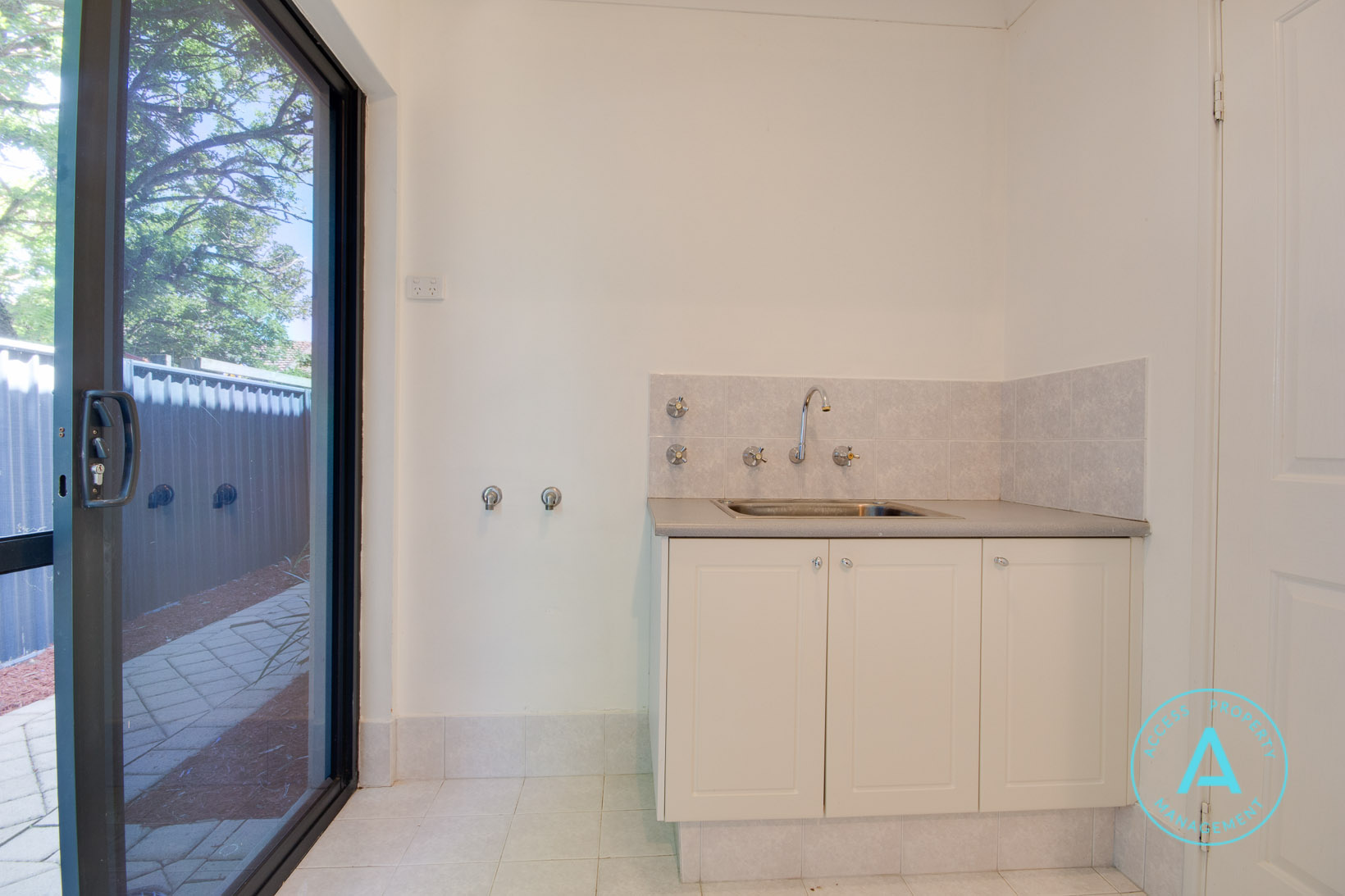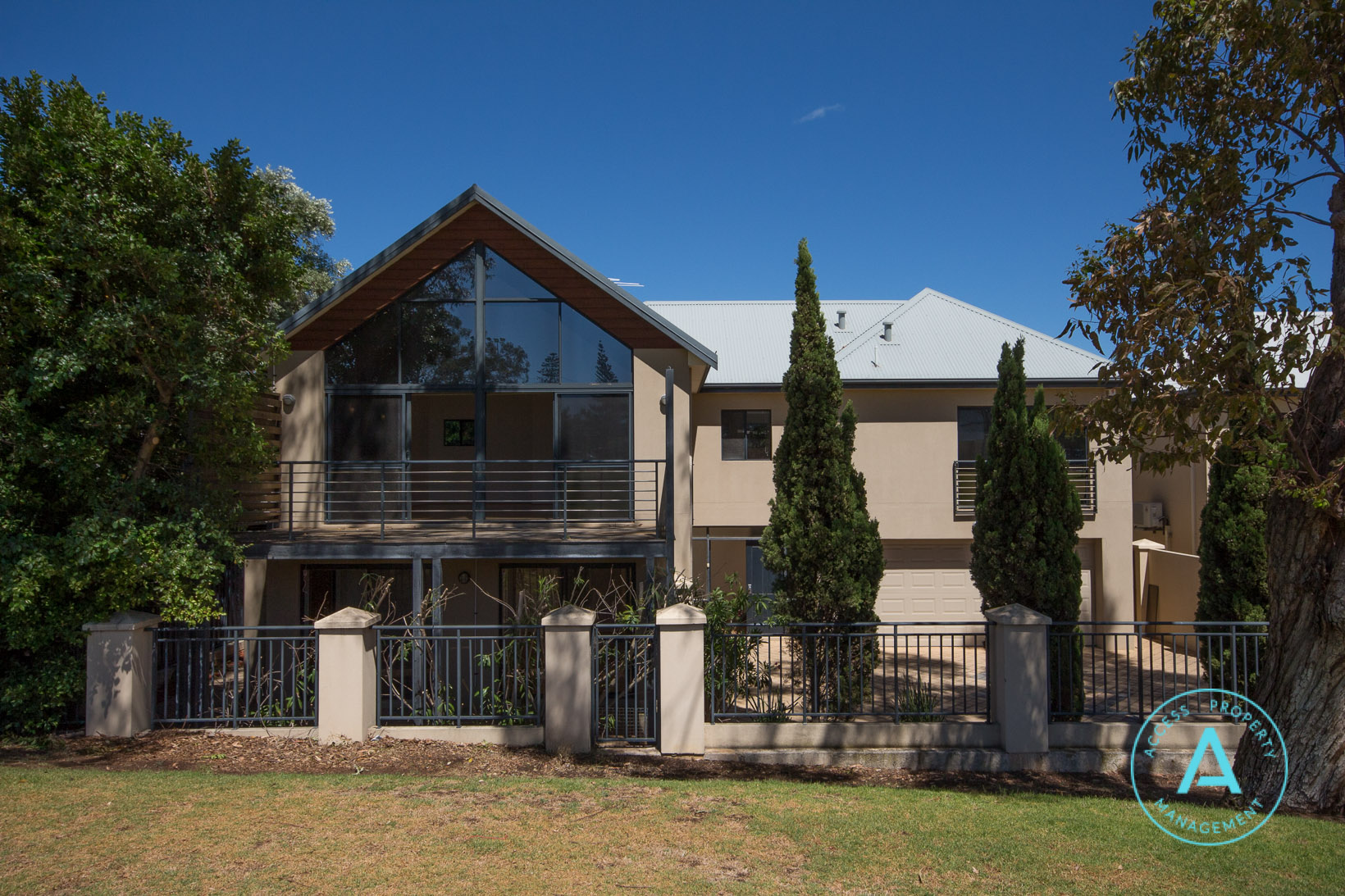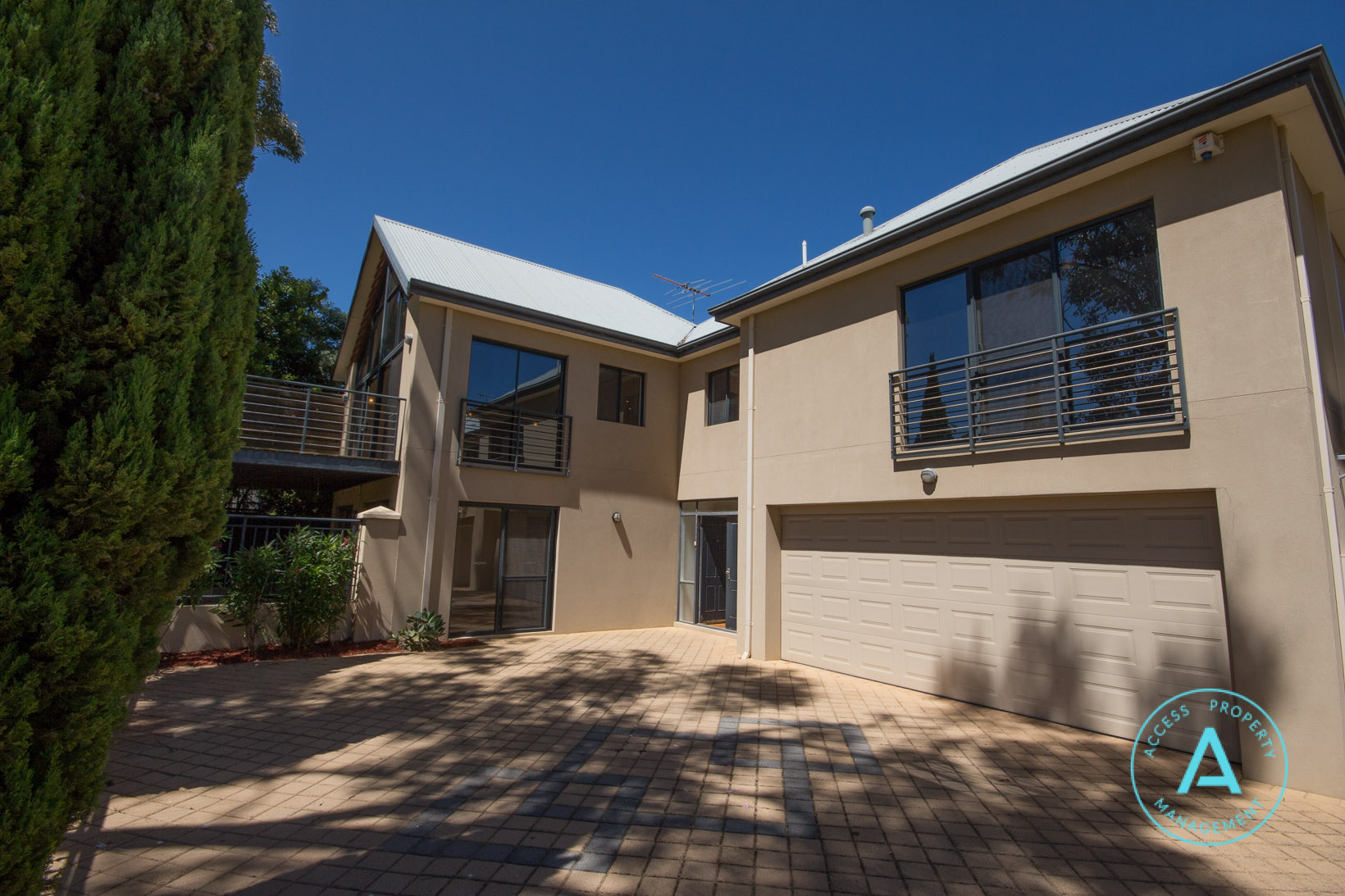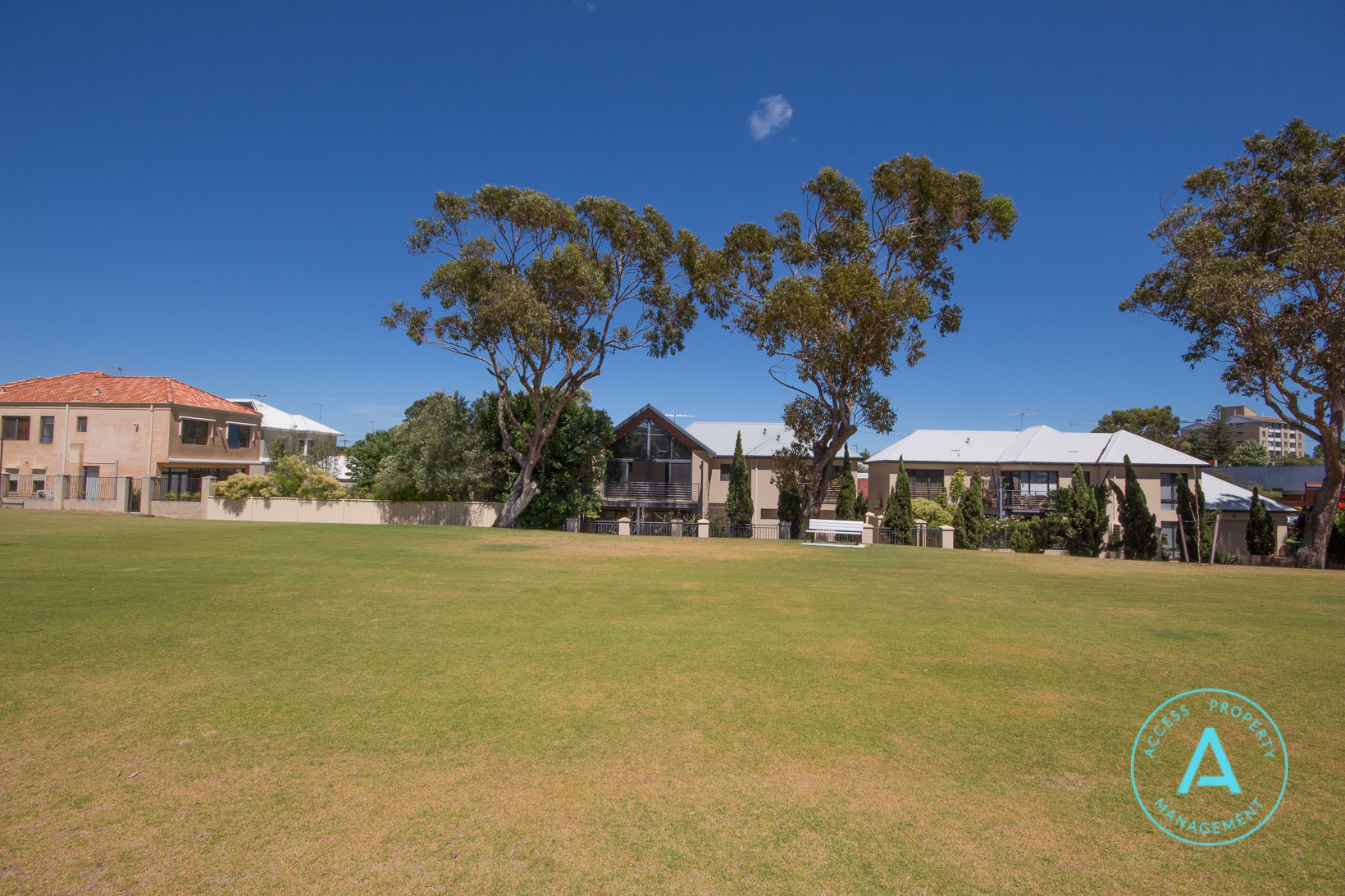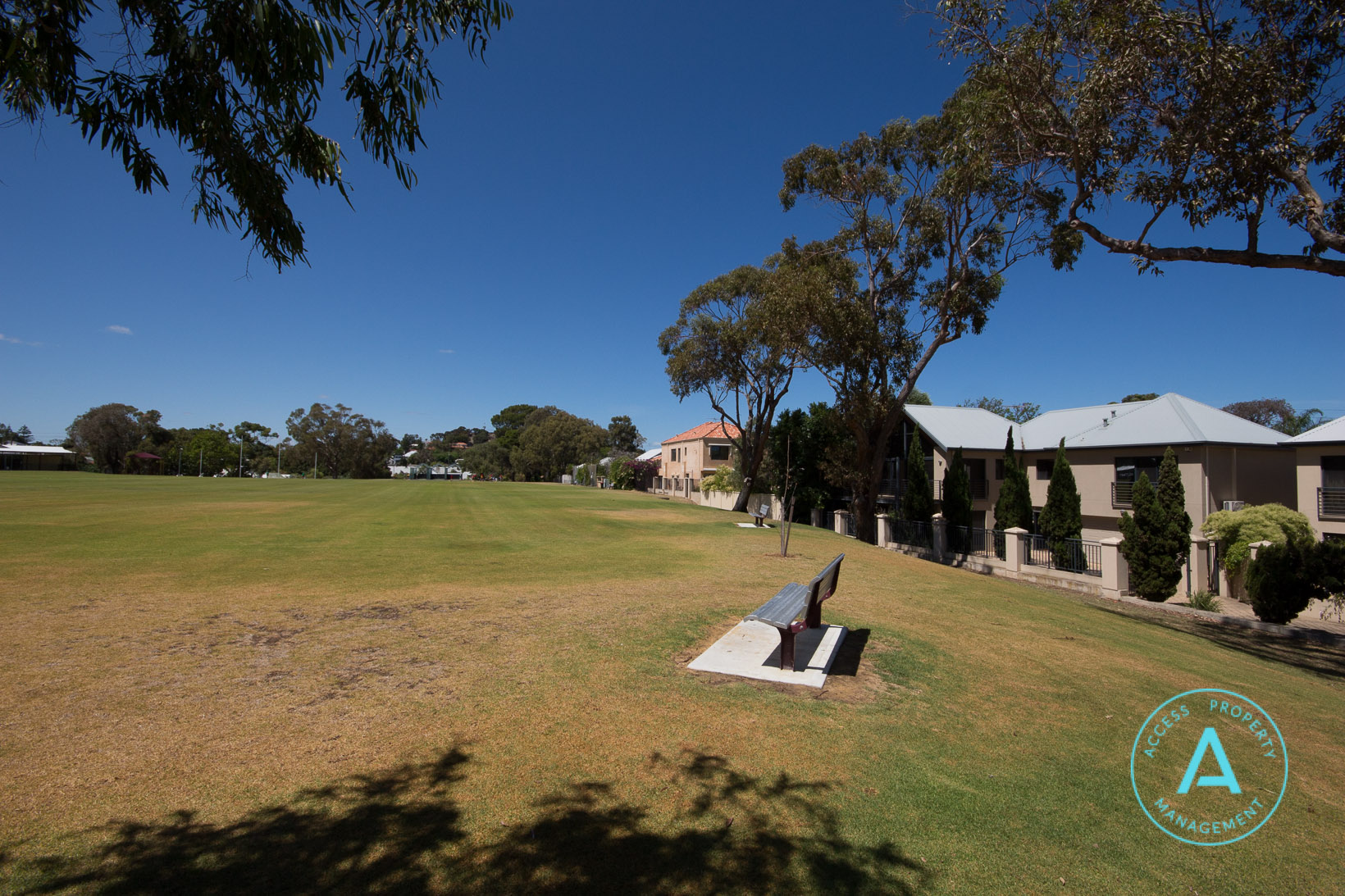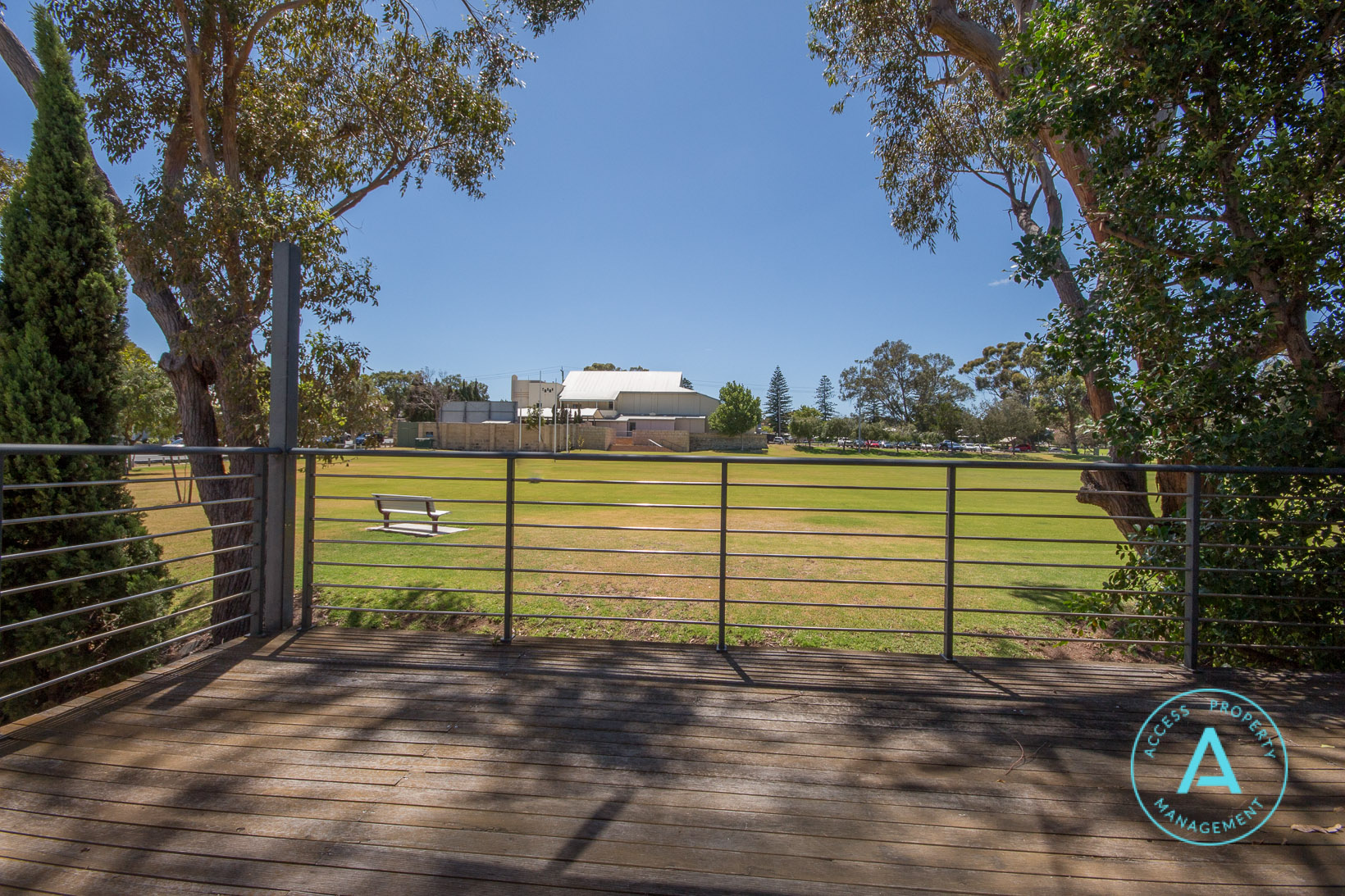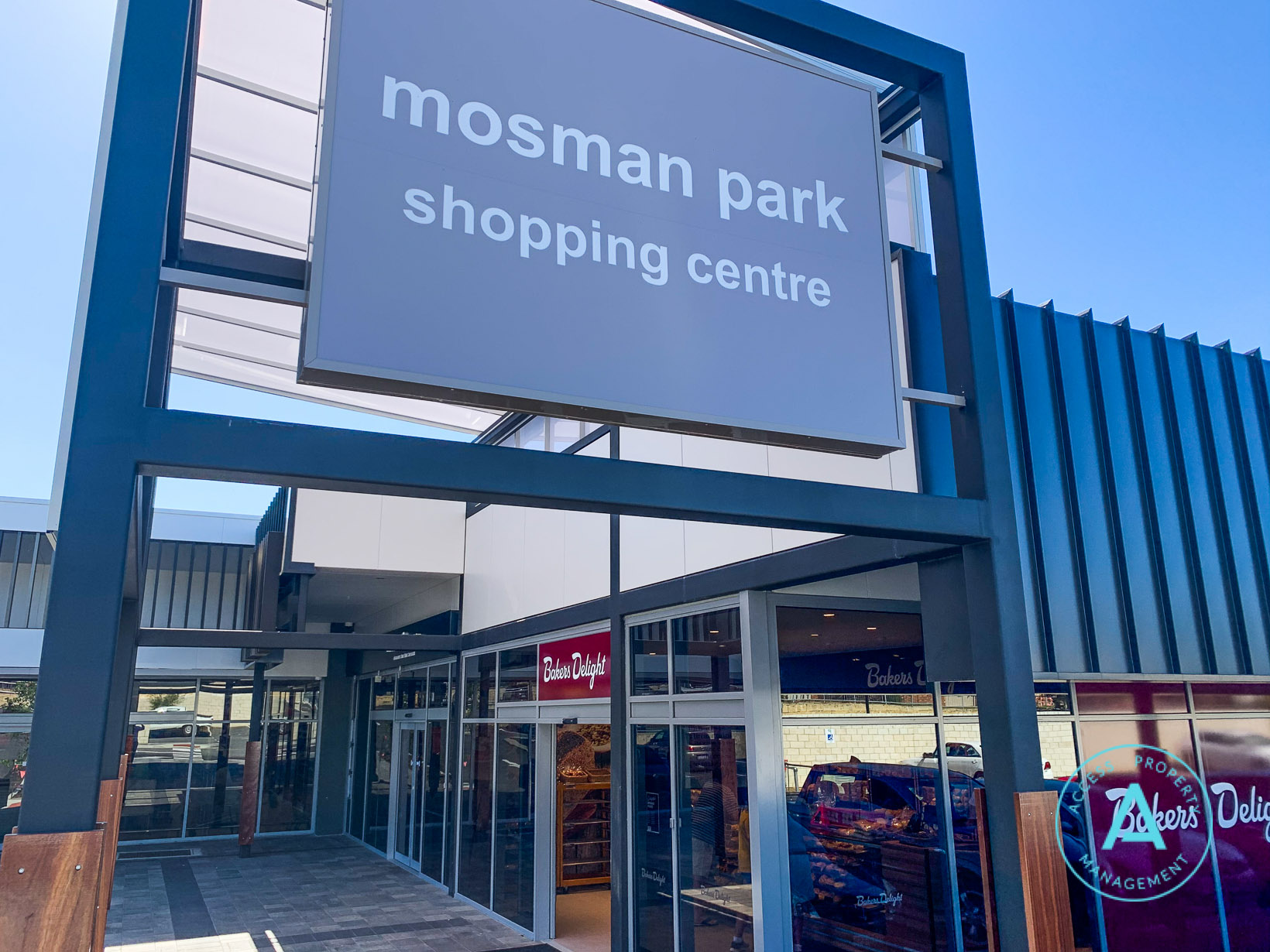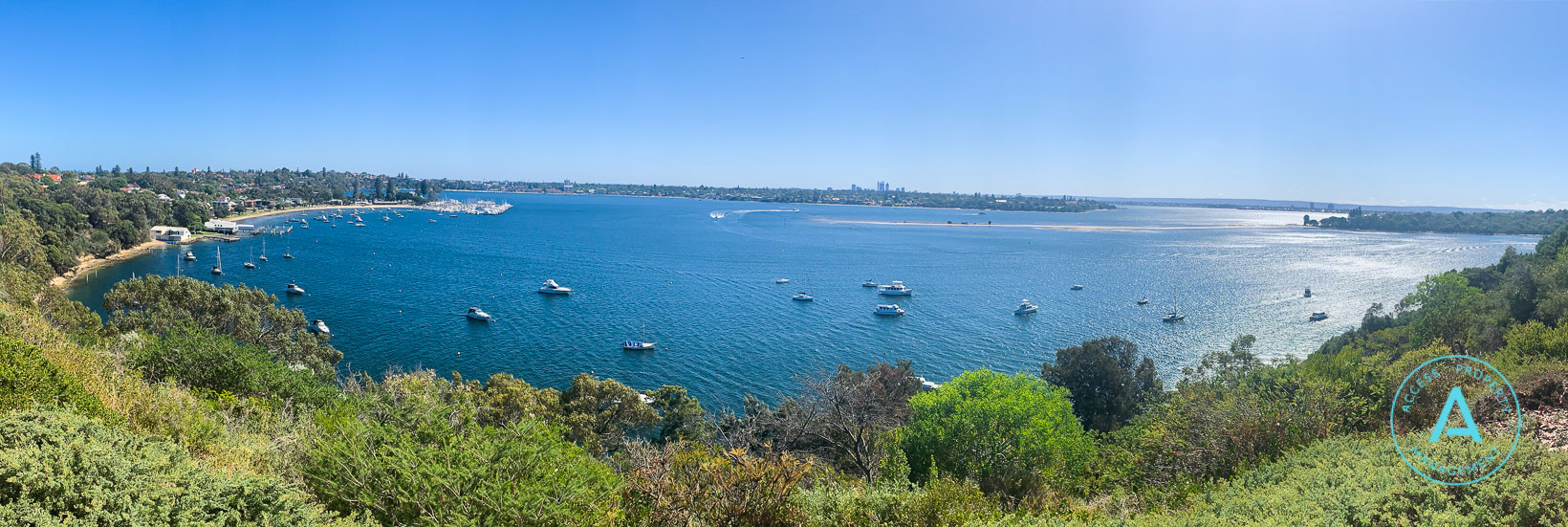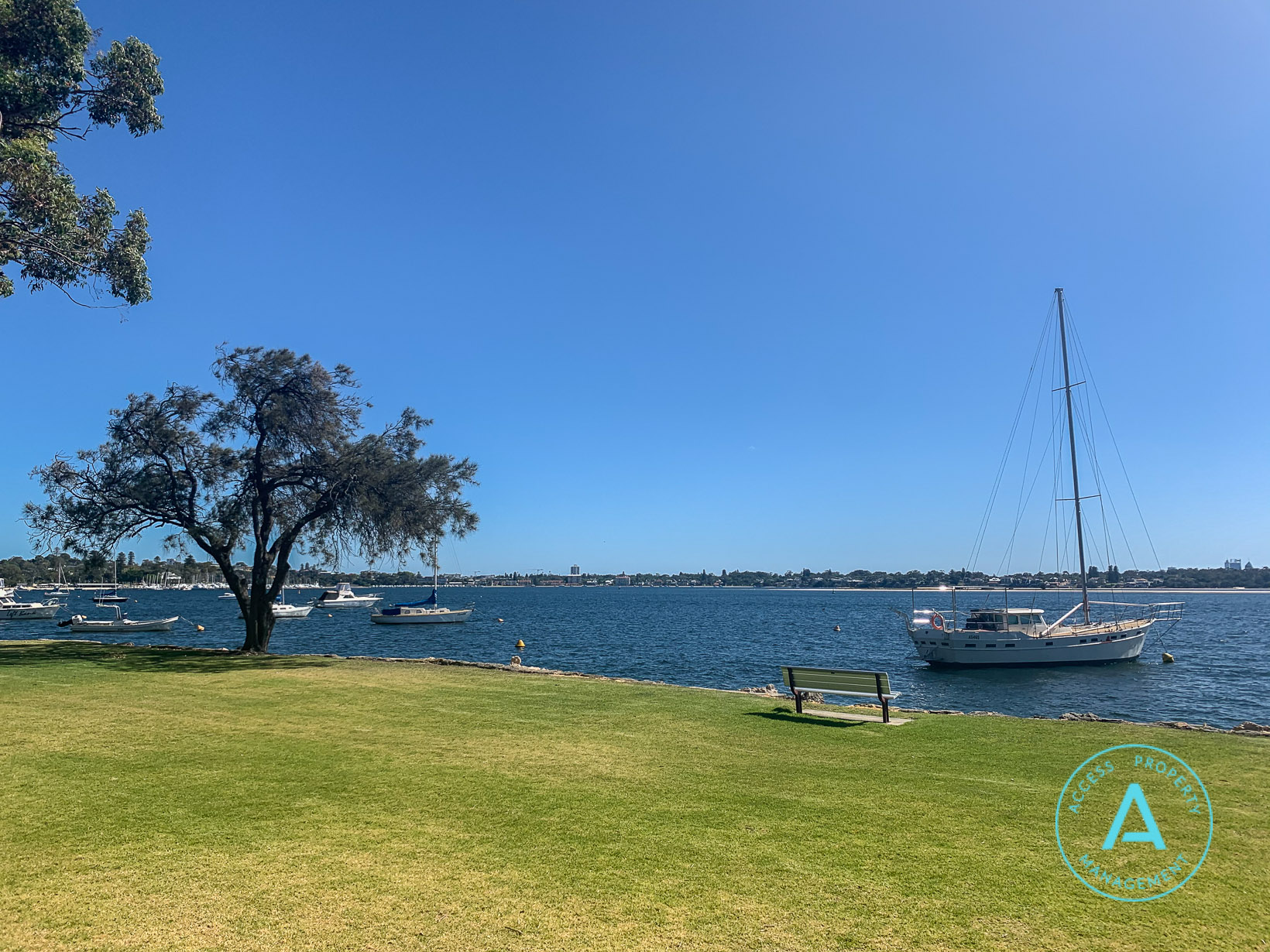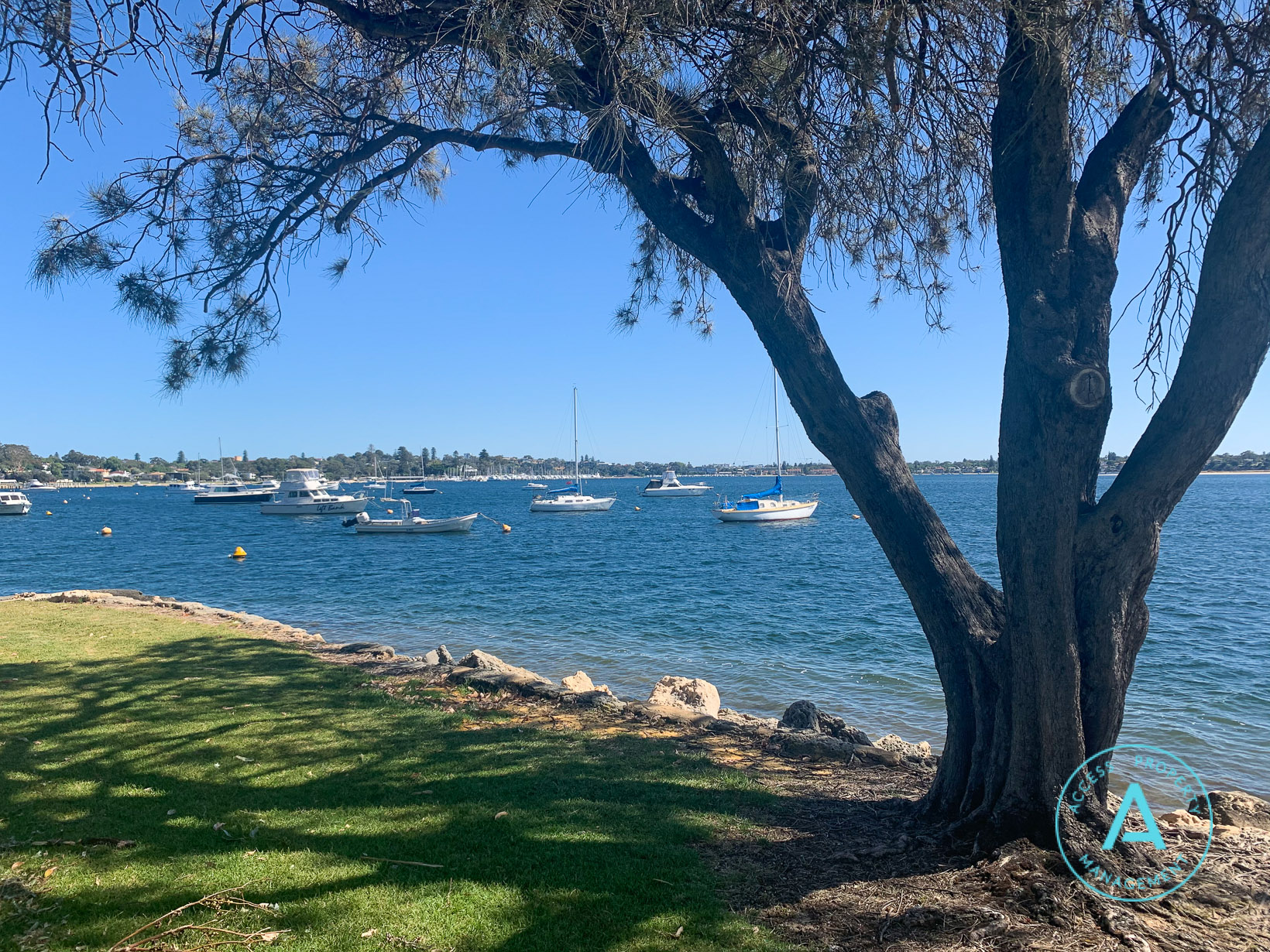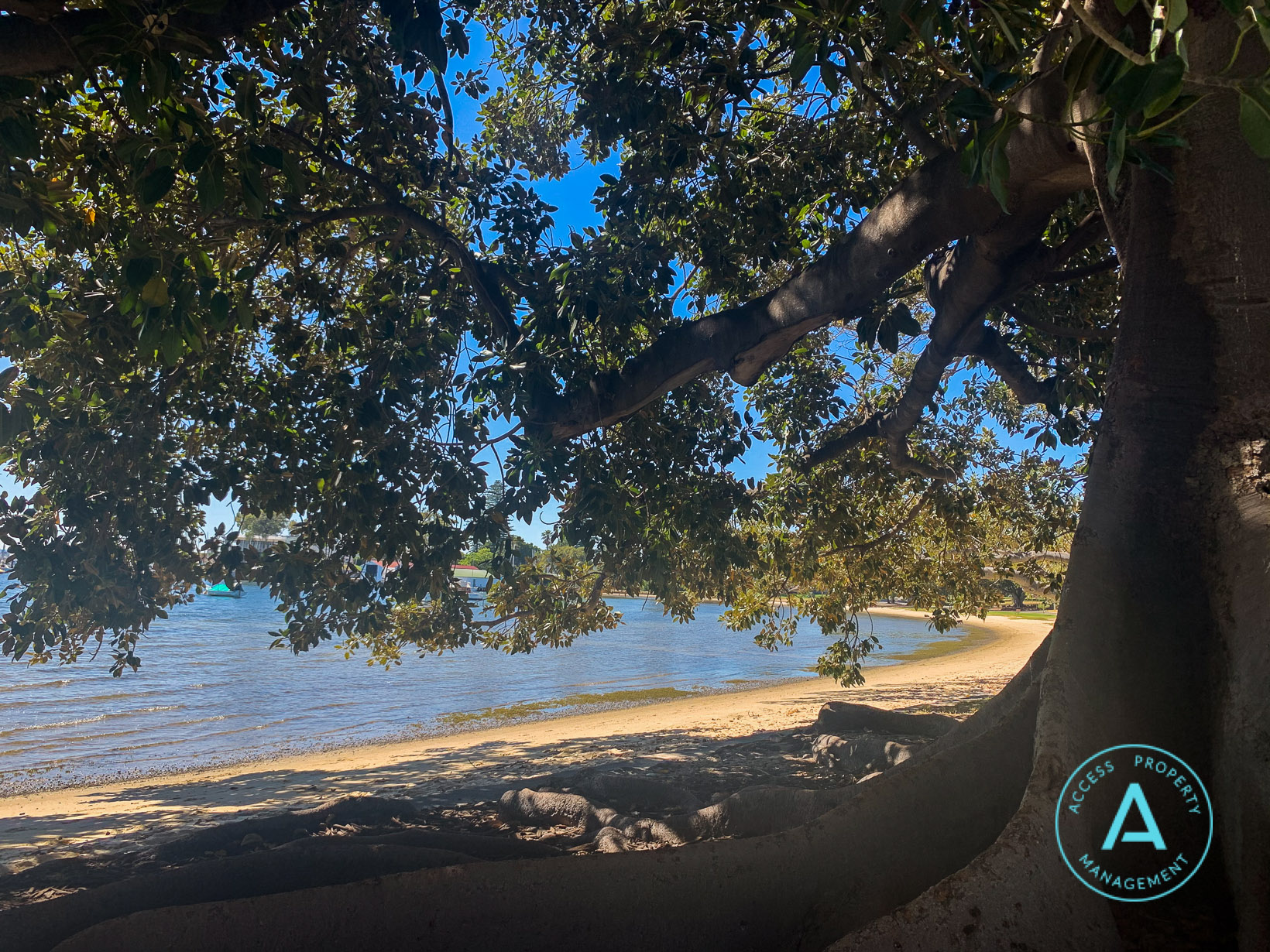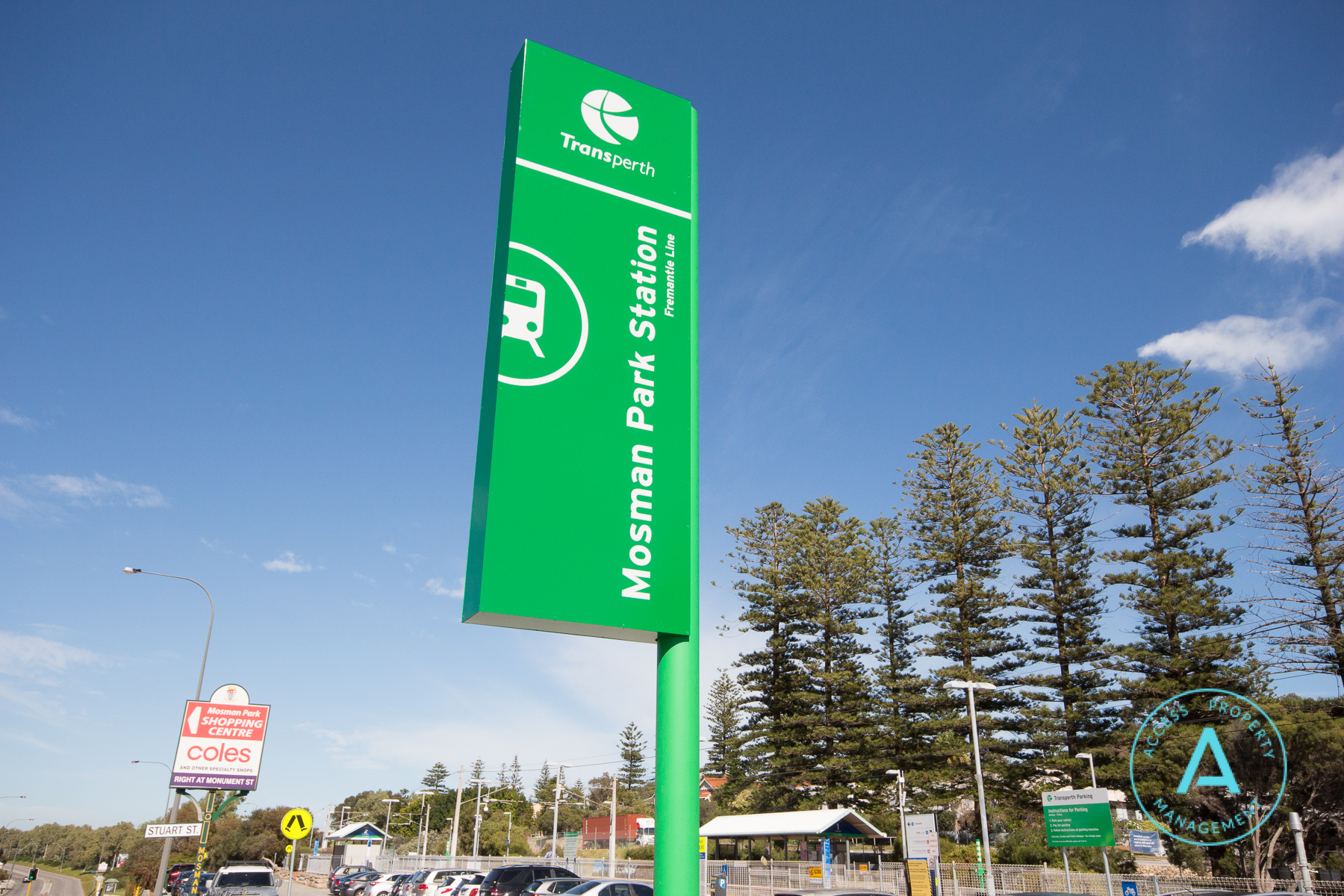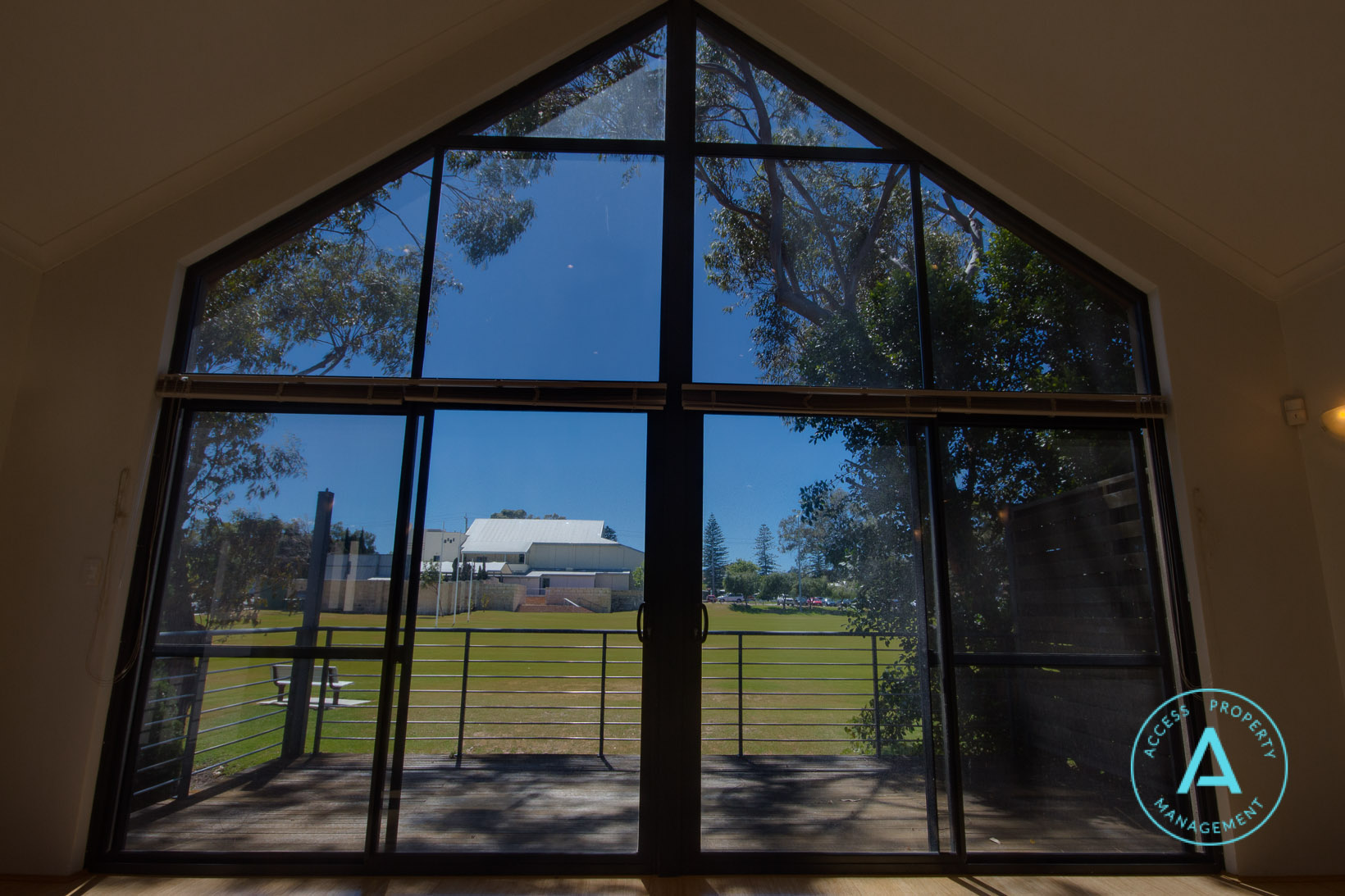Since 2018, Perth rental prices have been on the rise, but they have increased dramatically over the past two years. Several factors have contributed to this, with the ongoing effects of the COVID-19 pandemic playing a big role. Here, we will examine these factors in more detail, provide context that will make the interaction between market and economic activity more accessible, and ultimately assess the viability of raising rental prices.
Factors that affect rental prices
Property features
When advertising your rental property, the property features will play a significant role in attracting tenants. These features include size and location, the condition and type of the property, and its proximity to amenities.
To remain competitive, it is essential to understand the property market of your investment’s location. Identifying similar rental properties in your area will help you to benchmark yours and determine its rental price accordingly. The relationship between supply and demand in your area is also going to factor into this calculation. An area close to the beach or the city will experience higher demand than one in the suburbs, driving prices skyward.
The size, layout and condition of your property determine the kind of tenants you attract. Larger homes with a backyard or pool are likely to appeal to families more than young couples. An already impressive property can be elevated significantly by simple but effective value adds. This could range from updating fixtures and fittings to more involved renovations. Attention to detail on this front can help set your property apart from what may be otherwise comparable prospects.
Amenities also go a long way towards increasing the desirability of your property. Whether it’s an apartment building with a pool and fitness centre or a house close to parks and restaurants, amenities appeal to the lifestyle preferences of your tenants and, when agreeable, will drive demand.
Are you interested in adding value to your rental property to maximise investment returns? Get in touch today and request a Free Rental Appraisal.
Market influences
As of January 2023, Perth vacancy rates are at 0.7%, which is only marginally higher than the 42-year historic low of 0.6% achieved a month prior in December 2022. In a balanced rental market, this figure should be around 2.5% – 3.5%, a rate not seen in Perth for over two years. As such, we are currently experiencing a very tight rental market in which demand far exceeds supply, thereby driving higher prices.
There are several causes behind these market conditions. One is the rising cost of construction, itself driven by supply chain issues, making core materials like timber and steel significantly more expensive. As a result, the number of dwellings being built has dropped.
The residual impact of the pandemic has also heightened competition levels in the rental market. The increase in migration as we move further away from Perth’s period of border closures has played a part in this, while the rental price dip during the early stages of the pandemic led higher levels of young people to move into the rental market. Though conditions have since changed, many of these young people still occupy apartments and share houses that they previously would have shunned in favour of living at home a little longer and saving money.
Are you unsure whether you should sell or rent your investment property? Read our helpful guide.
The state of the economy
As of March 2023, the RBA has increased the official cash rate by a further 25 basis points to 3.6%, continuing an upward trend in the cash rate. However, there are signs that the pace of this rise may be slowing down, with the last few increases being by only 25 basis points, compared to increases of 50 basis points per month during the June to September period in 2022.
Management of the cash rate aims to stabilise the economy in the face of inflation and other undesirable economic conditions. The cash rate essentially represents the cost of borrowing and has a direct causal effect on interest rates; if the cash rate goes up, so do interest rates.
Rising interest rates affect rental prices because the property owner will often have a mortgage on their investment. If the interest on that mortgage rises, rental payments will also need to increase to cover at least part of the additional expenditure the landlord is incurring.
Should you raise the rent of your investment property?
Raising rental prices is a smart way to counter the effects of increasing interest rates, particularly if you are paying off a mortgage on your rental property. That being said, it’s important to be aware of the legislation around rent increases. Generally, for periodic and fixed-term leases, rents can only be increased once every six months, and you will need to give 60 days’ notice before the change can take effect. This is not always the case, particularly if an existing tenant enters a new fixed-term tenancy having ended a previous fixed-term lease or if the lease becomes periodic. It is crucial to consult the legislation to determine the appropriate decision in your situation before acting.
Putting legislative concerns to one side, it is also essential to consider the context of your tenants. It could be the case that, though a rent increase may balance your bottom line as a landlord, it will make remaining at the property untenable for your tenant. Suppose they are a perfect match and have been conscientious and respectful occupants. In that case, the cost of replacing them, potentially with a less-suited tenant, may outweigh the increase in rental income. It is important to take these considerations into account when adjusting rents.
Do you need help finding the right tenant for your rental property? Get in touch today.
